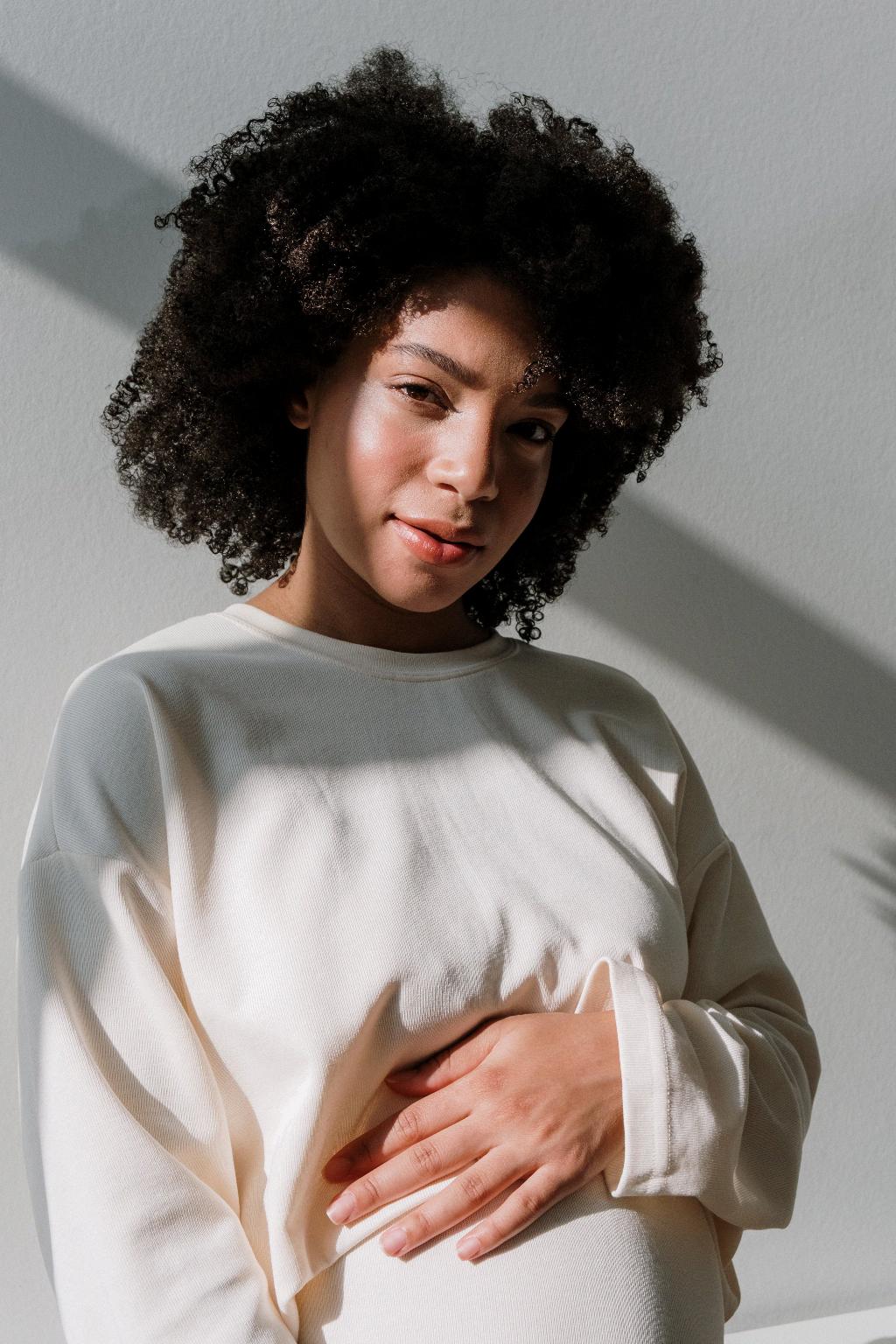After undergoing a Cesarean section (C-section) to deliver your baby, your body undergoes a significant healing process. The incision made during the procedure needs time to heal properly, and the care you provide during this recovery period can impact the overall healing process. Understanding the timeline for when you can start applying products to your incision is crucial for promoting optimal healing.
Initial Healing Phase
Immediately after your C-section, it’s essential to allow the incision to heal naturally without applying any products or substances. During the first few weeks post-surgery, the focus should be on keeping the incision clean and dry to prevent infections and promote healing from within.
Postpartum Care Guidance
Most healthcare providers recommend refraining from putting anything on your C-section incision until it has fully closed and healed. This typically takes around 6 to 8 weeks, but individual healing times may vary. It is crucial to follow your doctor’s postpartum care guidance closely to ensure a smooth recovery.
Introducing External Products
Once your incision has fully closed and healed, typically around the 6 to 8-week mark post-C-section, you can start considering using external products to aid in scar management. Aloe vera gel and Vitamin E oil are commonly recommended for massaging the scar tissue to help soften and improve the appearance of the scar over time.
Benefits of Aloe Vera Gel
Aloe vera gel is known for its soothing properties and ability to promote skin healing. When applied to a healed C-section incision, aloe vera can help reduce inflammation, hydrate the skin, and potentially minimize the appearance of the scar.
Vitamin E Oil for Scar Massage
Vitamin E oil is often used in skincare routines for its antioxidant properties and potential benefits for scar management. Massaging the C-section scar gently with Vitamin E oil can aid in softening the scar tissue and promoting overall skin health in the area.
Consulting Your Healthcare Provider
Before starting any new skincare routine or applying products to your C-section incision, it is crucial to consult with your healthcare provider. They can provide personalized guidance based on your individual healing progress and ensure that the products you plan to use are safe and suitable for your incision site.
Monitoring for Any Adverse Reactions
When you begin applying aloe vera gel or Vitamin E oil to your C-section incision, it’s important to monitor the area for any signs of irritation or adverse reactions. If you experience redness, swelling, itching, or other concerning symptoms, discontinue use and seek medical advice.
Patience and Consistency
Improving the appearance of a C-section scar takes time, patience, and consistency. Regularly massaging the scar with aloe vera gel or Vitamin E oil as recommended can gradually help soften the scar tissue and fade its appearance over time.
Embracing Your Healing Journey
Remember that every scar tells a unique story of your journey to motherhood. Embrace the healing process and be gentle with yourself as you care for your C-section incision. With proper postpartum care and the right skincare approach, you can support your body’s natural healing abilities and promote a positive scar outcome.
Final Thoughts
Knowing when you can start putting something on your C-section incision is an essential aspect of postpartum care. By following your healthcare provider’s guidance, choosing suitable products like aloe vera gel and Vitamin E oil, and monitoring your healing progress closely, you can nurture your incision site and support a smooth recovery. Be patient, consistent, and kind to yourself as you navigate the healing journey after a C-section.

